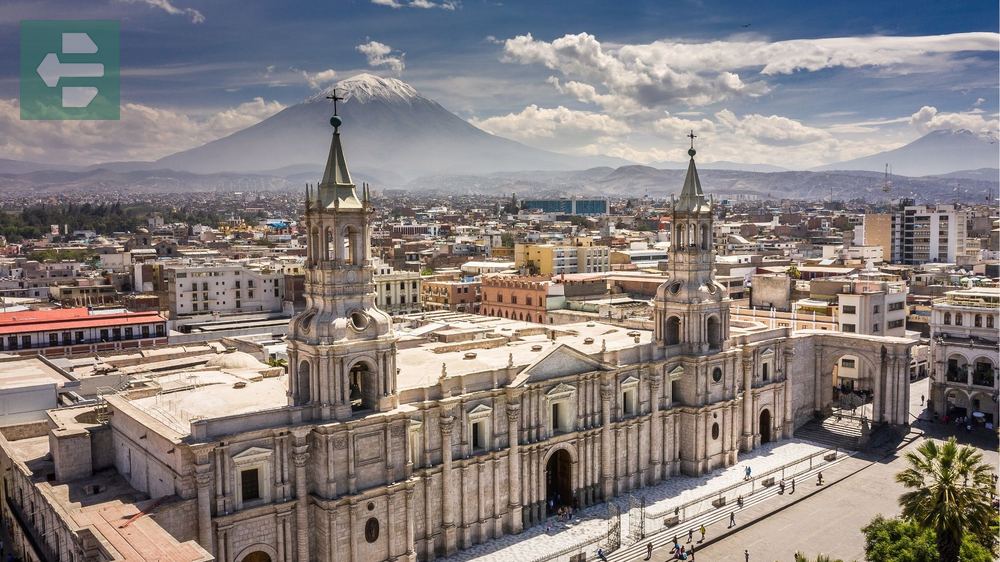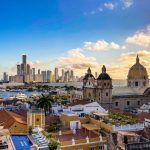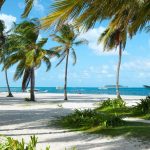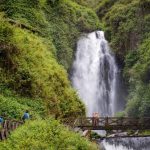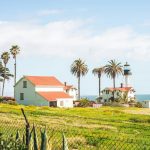Peru offers ancient ruins, dramatic landscapes, and vibrant culture across its diverse geography. From the iconic Machu Picchu and mysterious Nazca Lines to the floating islands of Lake Titicaca and the colonial charm of Arequipa, each destination tells its own story. The Amazon rainforest, Colca Canyon, and colorful Rainbow Mountain showcase nature's raw power.
Discover the best places to visit in Peru through this guide to twelve extraordinary destinations that will transform your understanding of South America's most captivating country.
List of Contents
- 1. Machu Picchu: Stone Poetry at 8,000 Feet
- 2. Cusco: Where Inca Meets Spanish
- 3. Sacred Valley: The Inca's Garden
- 4. Lima: Desert Capital by the Sea
- 5. Nazca Lines: Ancient Messages in the Desert
- 6. Arequipa: The White City
- 7. Colca Canyon: Condor Country
- 8. Rainbow Mountain: Nature's Canvas
- 9. Lake Titicaca: The Sea Above the Clouds
- 10. Amazon Rainforest: Green Cathedral
- 11. Huacachina: Desert Oasis
- 12. Kuelap: Fortress in the Clouds
- Plan Your Peruvian Adventure
1. Machu Picchu: Stone Poetry at 8,000 Feet
Machu Picchu sits on a mountain ridge like a crown of granite. The Incas built this citadel around 1450, then abandoned it a century later when the Spanish arrived. Every stone fits perfectly without mortar—earthquake-proof engineering that still baffles architects.
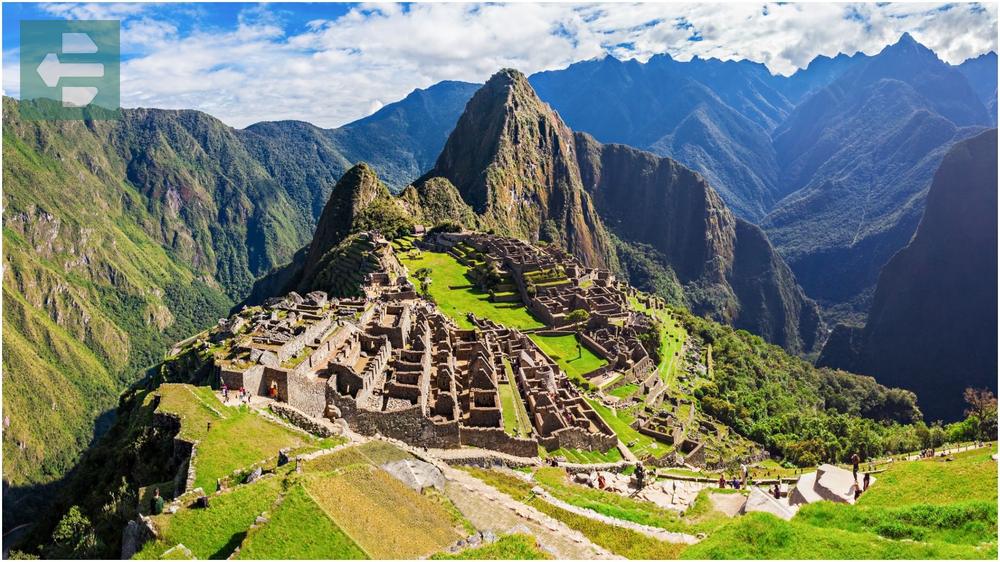
Arrive at sunrise when morning mist rolls through the terraces. The crowds thin out after 3 PM, offering quieter moments with the ruins. Take the early train from Aguas Calientes and climb the final stretch on foot.
The silence here feels ancient, interrupted only by the wind through stone doorways.
Quick Facts:
- Peak season: May-September
- How to get there: Train from Cusco to Aguas Calientes, then bus or hike
- Entrance fee: From $47
- Suggested stay: 1-2 days
- Key sites: Intihuatana stone, Temple of the Sun, Room of Three Windows
2. Cusco: Where Inca Meets Spanish
Cusco was the capital of the Inca Empire before Spanish conquistadors built their churches on top of Incan foundations. Walk the cobblestone streets and you'll see both civilizations in the same walls—Inca stonework below, Spanish arches above.
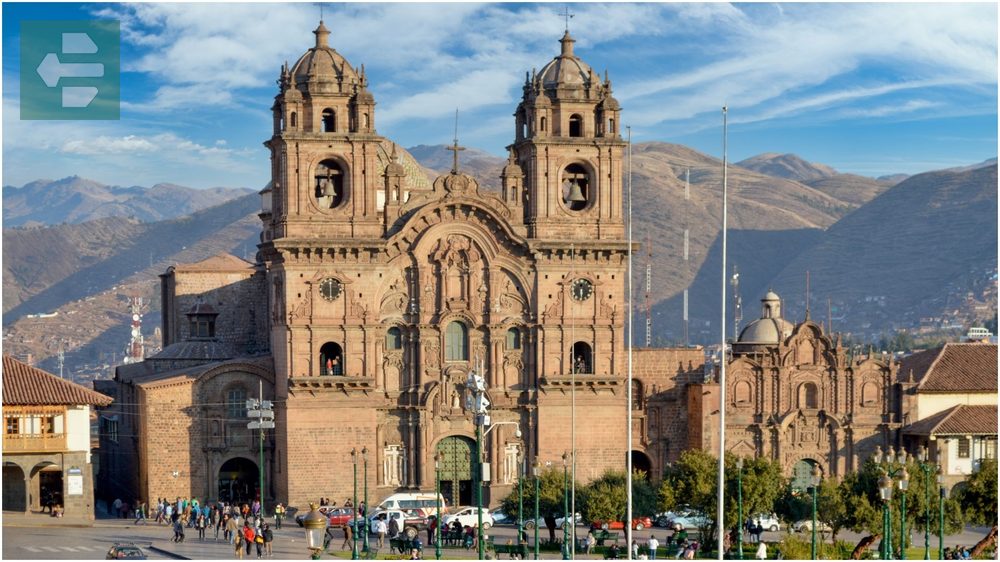
The altitude hits hard at 11,200 feet. Locals drink coca tea like water. It works. Spend your first day walking slowly and hydrating constantly.
I learned to appreciate Cusco's layers during a late afternoon walk. Golden light hits the Plaza de Armas just as vendors start packing up their textiles, revealing the square's true proportions.
Quick Facts:
- Peak season: May-September
- How to get there: Fly from Lima (1.5 hours)
- Entrance fee: City entry free, attractions from $10
- Suggested stay: 2-3 days
- Key sites: Plaza de Armas, Qorikancha, Sacsayhuamán, San Blas neighborhood
3. Sacred Valley: The Inca's Garden
The Sacred Valley runs between Cusco and Machu Picchu, dotted with terraced hillsides and traditional villages. The Incas chose this fertile valley for good reason—the climate stays mild year-round and the soil grows the world's largest corn.
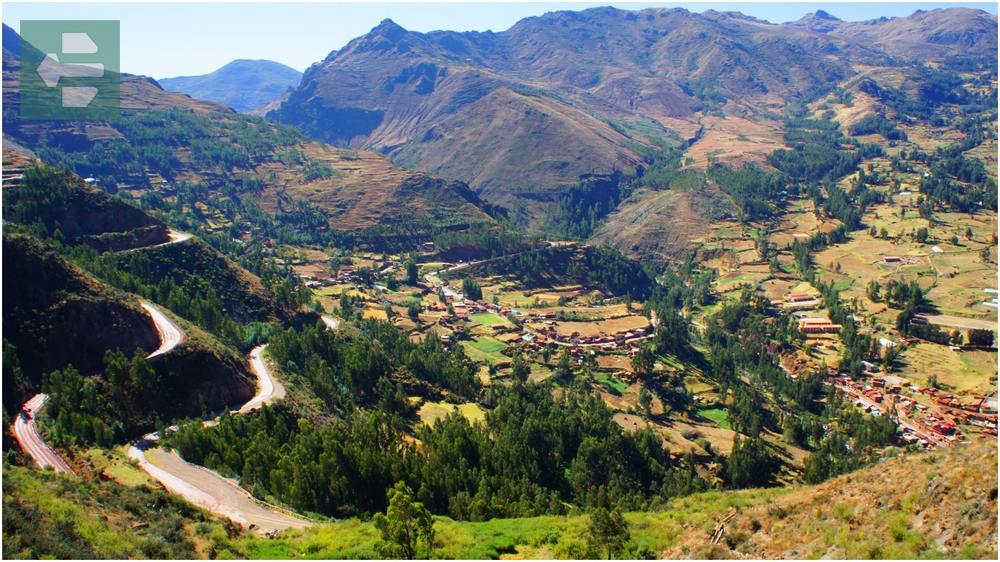
Visit Pisac's Sunday market early, before tour buses arrive. The vendors spread their textiles on the ground while children play between the stalls. Real life happens here, not just tourism.
Ollantaytambo fortress shows Inca military engineering at its finest. Massive stones transported from miles away, fitted without wheels or iron tools.
Quick Facts:
- Peak season: April-October
- How to get there: Bus or taxi from Cusco (45 minutes)
- Entrance fee: From $20 (Sacred Valley ticket)
- Suggested stay: 2-3 days
- Key sites: Pisac ruins and market, Ollantaytambo fortress, Chinchero weaving village
4. Lima: Desert Capital by the Sea
Lima sprawls across Peru's coastal desert, home to ten million people and some of South America's best restaurants. The Spanish built their colonial capital here in 1535, naming it the City of Kings.
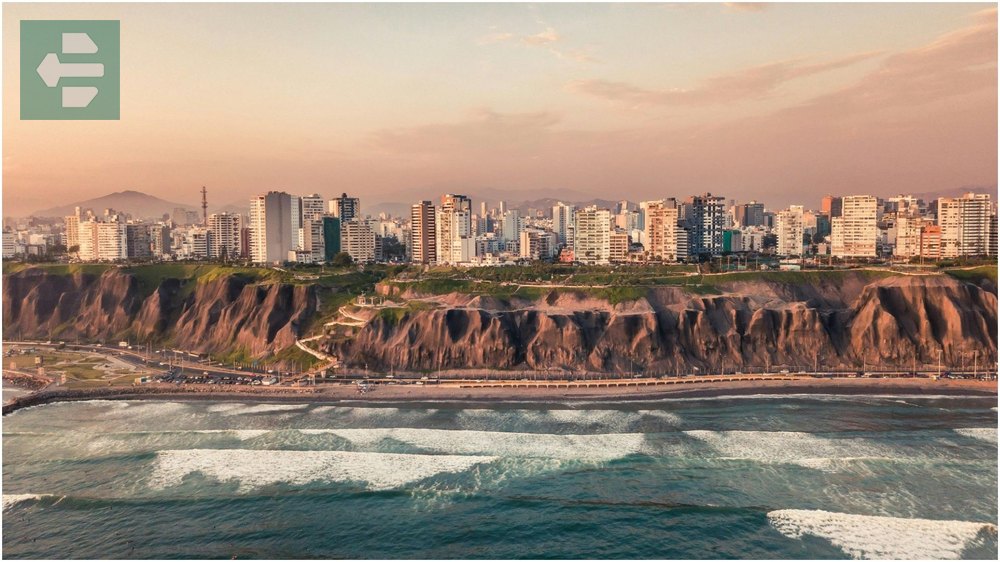
Skip the tourist restaurants in Miraflores. Head to La Chorrera district where fishing boats land their catch at dawn. The ceviche served from plastic tables tastes better than anything in fancy hotels.
The city fog lifts around noon, revealing Spanish balconies and modern glass towers side by side.
Quick Facts:
- Peak season: December-April (summer)
- How to get there: International flights to Jorge Chávez Airport
- Entrance fee: City free, museums from $3
- Suggested stay: 2-3 days
- Key sites: Historic Center, Miraflores, Barranco, Huaca Pucllana, Pachacamac
5. Nazca Lines: Ancient Messages in the Desert
The Nazca Lines stretch across southern Peru's desert—over 700 geoglyphs carved into the earth between 500 BC and 500 AD. Geometric patterns and animal figures cover 50 square kilometers, visible only from aircraft.
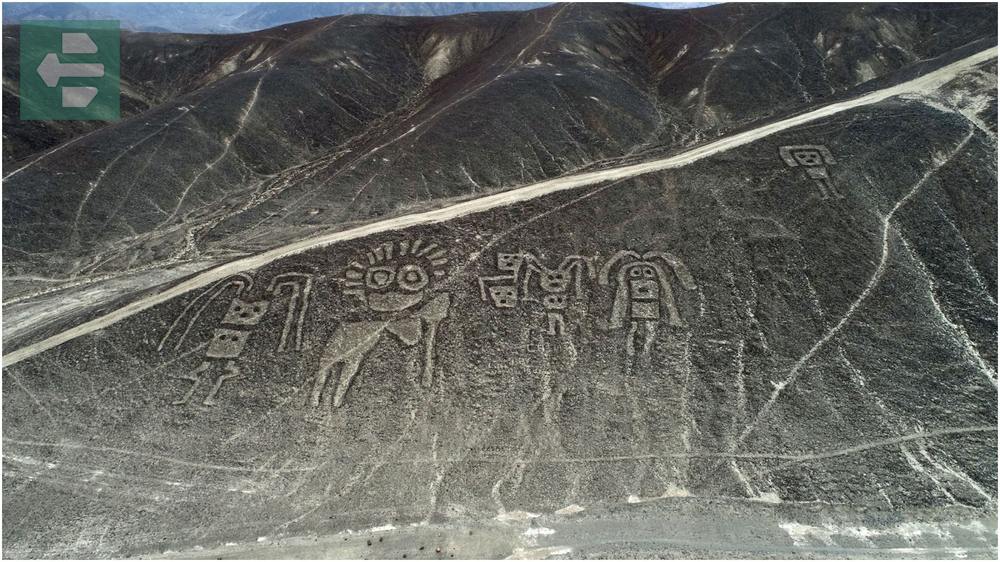
Book your flight early in the morning when air turbulence stays minimal. The 30-minute flight reveals hummingbirds, monkeys, and spiders drawn with single, unbroken lines. Scientists still debate their purpose.
The desert preserves everything. Average rainfall: two inches per year.
Quick Facts:
- Peak season: Year-round
- How to get there: Fly from Lima to Nazca, then scenic flight
- Entrance fee: Scenic flights from $80
- Suggested stay: 1-2 days
- Key sites: Hummingbird, Monkey, Spider lines, Maria Reiche Museum
6. Arequipa: The White City

Arequipa earned its nickname from buildings carved from white volcanic stone called sillar. Three volcanoes ring the city, including El Misti, which still smokes occasionally. Spanish colonial architecture here developed its own school—the Arequipeña style.
The Santa Catalina Monastery feels like a city within a city. Nuns lived here in isolation for 400 years, creating colorful courtyards and narrow streets. Local families still send daughters here, continuing traditions from the 1500s.
Quick Facts:
- Peak season: March-November
- How to get there: Fly from Lima (1.5 hours) or bus from Cusco (10 hours)
- Entrance fee: City free, Santa Catalina $15
- Suggested stay: 2-3 days
- Key sites: Santa Catalina Monastery, Plaza de Armas, Juanita Museum, Yanahuara district
7. Colca Canyon: Condor Country
Colca Canyon cuts twice as deep as the Grand Canyon—over 11,000 feet from rim to river. Andean condors ride thermal currents along the canyon walls, their ten-foot wingspans casting shadows on ancient terraces below.

Position yourself at Cruz del Condor viewpoint by 9 AM. Condors launch when morning thermals develop, soaring just meters from the observation deck. Bring layers—canyon winds cut through everything.
Local villages maintain pre-Inca terraces that still grow quinoa and potatoes. Agriculture continues here as it has for 2,000 years.
Quick Facts:
- Peak season: May-September
- How to get there: Bus from Arequipa (3 hours)
- Entrance fee: From $7
- Suggested stay: 2-3 days
- Key sites: Cruz del Condor, Chivay hot springs, traditional villages, hiking trails
8. Rainbow Mountain: Nature's Canvas
Rainbow Mountain appeared only recently. Until 2013, glacial ice covered the mineral deposits that create its famous stripes. Climate change revealed layers of red clay, yellow sulphur, and green copper oxide—a geological rainbow at 17,000 feet.

The trek starts before dawn. Three hours uphill through thin air tests everyone's conditioning. Alpacas graze the high meadows, unimpressed by tourists huffing past them.
Weather changes fast at altitude. Bring sun protection and warm layers for the same day.
Quick Facts:
- Peak season: May-September
- How to get there: Day tour from Cusco (3 hours drive + 3 hours hiking)
- Entrance fee: From $3
- Suggested stay: 1 day
- Key sites: Vinicunca peak, Red Valley, traditional Andean communities
9. Lake Titicaca: The Sea Above the Clouds
Lake Titicaca sits 12,500 feet above sea level—the world's highest navigable lake. Totora reeds grow in its shallows, providing material for the famous floating islands where Uros families have lived for centuries.

Island families demonstrate their construction techniques, showing how they layer reeds to create buoyant foundations. Children born here learn to walk on floating ground.
The lake spans 3,200 square miles between Peru and Bolivia. Inca mythology claims the sun god created the first Inca emperor on Titicaca's Island of the Sun.
Quick Facts:
- Peak season: May-September
- How to get there: Bus from Cusco to Puno (6 hours), then boat tours
- Entrance fee: Boat tours from $15
- Suggested stay: 2 days
- Key sites: Uros floating islands, Taquile Island, Amantaní Island
10. Amazon Rainforest: Green Cathedral
Peru contains 60% of the Amazon Basin—the largest section after Brazil. From Puerto Maldonado or Iquitos, river boats penetrate dense jungle where 10% of Earth's known species live.
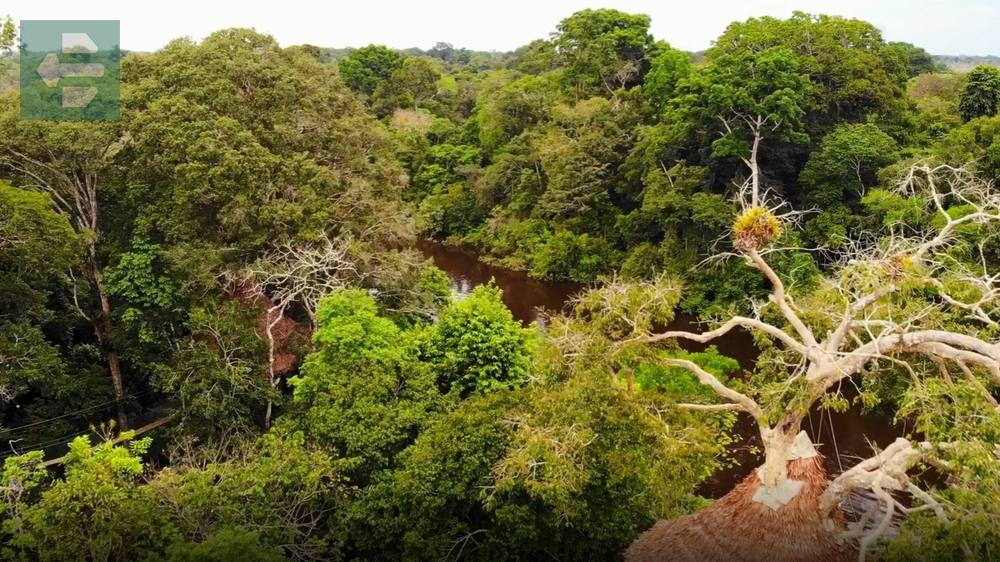
Night sounds intensify everything. Howler monkeys wake you at 4 AM. Pink dolphins surface near your canoe during afternoon fishing. Caiman eyes reflect your flashlight after dark.
I learned to identify bird calls during my first Amazon dawn. Our guide whistled responses, drawing curious species close enough to photograph without zoom lenses.
Quick Facts:
- Peak season: May-October (dry season)
- How to get there: Fly to Puerto Maldonado or Iquitos, then jungle lodges
- Entrance fee: Lodge packages from $100/day
- Suggested stay: 3-4 days minimum
- Key sites: Manu National Park, Tambopata Reserve, Pacaya-Samiria National Park
11. Huacachina: Desert Oasis
Huacachina Oasis sits in Peru's coastal desert like something from Arabian Nights. Palm trees ring a natural lagoon while sand dunes rise 200 meters on all sides. This village of 100 people hosts thousands of sandboarders and dune buggy riders yearly.

Legend claims an Inca princess created the oasis when she fled a hunter, her flowing mantle forming the surrounding dunes. The water supposedly heals arthritis and skin conditions.
Sunset from the highest dune reveals why ancient peoples believed this place held magic.
Quick Facts:
- Peak season: March-November
- How to get there: Bus to Ica, then taxi (20 minutes)
- Entrance fee: Village free, activities from $15
- Suggested stay: 1-2 days
- Key sites: Desert lagoon, sandboarding dunes, sunset viewpoints
12. Kuelap: Fortress in the Clouds
Kuelap perches 10,000 feet above Peru's northern Amazon, built by the Chachapoya people 1,000 years before Machu Picchu. Massive stone walls protect over 400 circular buildings within this mountaintop citadel.

The Chachapoyas earned the name “Warriors of the Clouds” by building cities this high. Spanish conquistadors never found Kuelap. Dense cloud forest hid it until 1843.
A cable car now carries visitors up the mountain, but walking reveals why this fortress remained impregnable for centuries.
Quick Facts:
- Peak season: May-September
- How to get there: Fly to Jaén, bus to Chachapoyas, then cable car or hike
- Entrance fee: From $8
- Suggested stay: 2 days
- Key sites: Main fortress, circular houses, cable car views, cloud forest trails
Plan Your Peruvian Adventure
These twelve destinations showcase Peru's incredible diversity—from ancient civilizations to natural wonders spanning coast, mountains, and jungle. Each place demands its own pace and preparation.
Start planning your route based on interests and time available. The best places to visit in Peru reward travelers who embrace both adventure and patience.
Your Peruvian journey awaits. Pack light, bring layers, and prepare for landscapes that will redefine your understanding of what's possible on this remarkable planet.
